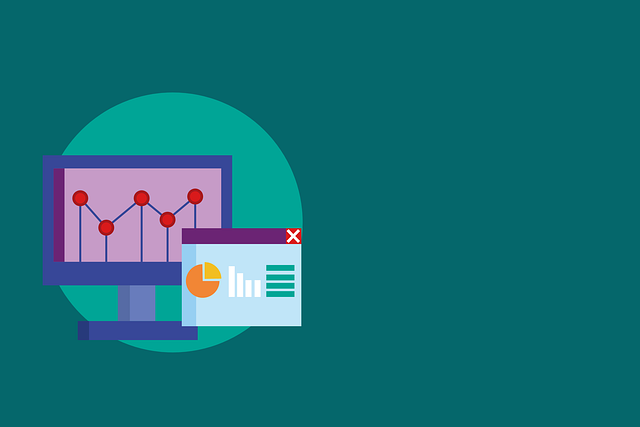AI table-side assistant apps are revolutionizing dining experiences by combining artificial intelligence and computer vision. These apps speed up order taking, provide personalized dish recommendations, and detect potential food safety issues through plate content analysis, enhancing customer satisfaction and maintaining hygiene standards. In various industries, Computer Vision applications powered by AI improve efficiency and decision-making, such as accurate and swift product inspection in quality control. Hospitality sectors benefit from automated order management, personalized service, and data-driven menu recommendations, allowing staff to focus on more intricate tasks. Despite challenges like data privacy, algorithmic fairness, and infrastructure requirements, advancements in computational power and machine learning promise a promising future for AI table-side assistant apps across industries.
“Discover the transformative power of AI through its cutting-edge application in computer vision. This article explores how businesses can leverage advanced visual intelligence, focusing on the emerging concept of AI table-side assistant apps. We’ll delve into the benefits and key use cases, from enhancing customer experiences to streamlining operations. Furthermore, we’ll discuss the challenges and future prospects of integrating this technology, offering insights into the potential game-changing role of AI in various industries.”
- Understanding AI Table-Side Assistant Apps: The Concept and Benefits
- Key Applications of Computer Vision in Business Settings
- Integrating AI Computer Vision: Challenges and Future Prospects
Understanding AI Table-Side Assistant Apps: The Concept and Benefits

AI table-side assistant apps are revolutionizing the way we interact with dining experiences. This innovative concept integrates artificial intelligence and computer vision to enhance customer service and optimize operations within restaurants and cafeterias. By leveraging AI, these applications can assist waitstaff in taking orders more efficiently, recommending dishes based on customer preferences, and even identifying food safety issues by analyzing plate contents.
The benefits of AI table-side assistant apps are multifaceted. They improve customer satisfaction by reducing wait times and providing personalized suggestions. They also streamline operations for restaurant staff, allowing them to focus on building relationships with patrons instead of managing orders. Additionally, the ability to detect potential food safety hazards can significantly contribute to maintaining higher hygiene standards in culinary establishments.
Key Applications of Computer Vision in Business Settings

In business settings, Computer Vision applications powered by AI are transforming various industries, revolutionizing operations and enhancing decision-making processes. One prominent area is quality control, where computer vision systems can inspect products for defects with unparalleled accuracy and speed, reducing human error and improving overall production efficiency.
Moreover, AI table-side assistant apps are gaining traction in the hospitality industry, enabling efficient order management and personalized service. These applications use computer vision to identify dishes on a table, track food preparation progress, and even suggest additional menu items based on real-time data. This level of automation streamlines service, enhances customer experience, and allows staff to focus on more intricate tasks.
Integrating AI Computer Vision: Challenges and Future Prospects

Integrating AI computer vision into business operations presents a host of challenges, from data privacy concerns to ensuring algorithmic fairness and transparency. One significant hurdle is the need for vast amounts of labelled data to train models effectively. Additionally, businesses must address potential biases within datasets, which can lead to inaccurate or unfair outcomes. Implementing these AI table-side assistant apps requires robust infrastructure and skilled personnel to manage and interpret results.
Looking ahead, the future prospects are promising. Improved computational power and advanced machine learning techniques will enable more sophisticated vision systems capable of complex tasks. As AI continues to evolve, businesses can expect better object detection, image segmentation, and scene understanding, paving the way for increased automation and efficiency across industries.
AI table-side assistant apps are transforming business operations by leveraging computer vision technology. From enhancing customer service through visual interactions to streamlining backend processes, these applications offer significant benefits that improve efficiency and user experiences. While challenges remain in integration, the future prospects of AI computer vision look promising, paving the way for even more innovative uses in various industries. As we continue to explore this technology, businesses can expect to reap substantial advantages from its implementation.
